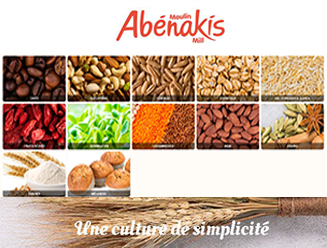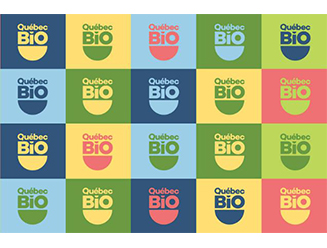Ancestor of wheat, spelt is a cereal native to Central Asia
Long forgotten, spelt, from its Latin name triticum spelta, is gaining popularity. It must be said that “Gaulish wheat” has an absolutely divine nutty taste! This hardy plant is resistant to cold and disease. This grass grows in all types of soil, and is not very demanding on nutrients! Its grain is covered with a very adherent protective envelope. Shelling is therefore essential!
Rich in phosphorus, potassium, iron and vitamins, spelt is excellent for your health. In addition, it provides a nice feeling of satiety after the meal. This delicious cereal can be used in the composition of many dishes. Note: the grains must be soaked before cooking to soften them a little. Despite this, they will remain crunchy to the bite!
Its benefits are numerous, in particular good for the heart; whole grains lower the risk of cardiovascular disease. Good for the intestines; soluble fiber has a calming effect on the digestive tract. Rich in phosphate; a crucial mineral for healthy bones and teeth.
The advantage of ancestral varieties of wheat such as spelt, Red Fife and kamut as well as other ancestral cereals (rye, oats…) is that they have undergone much less genetic modification. Consequently, they are naturally richer in microelements and fibers, while being less allergenic.
The difference between small spelt and (great) spelt.
Little spelt or engrain is often confused with the great spelt. And yet these two grains don’t have much in common :
“Spelt”, also called “great spelt”. Its Latin name: triticum spelta.
It is a grain related to soft wheat, so it is less tasty and less digestible than small spelt, and looks a lot like wheat. It is cultivated in northern Europe. Spelt is easier to produce than small spelt, the yield is higher, and therefore more economical.
The “small spelt”, also called “engrain”. Its Latin name: triticum monoccucum. It has nutritional and physiological qualities much superior to the great spelt. In addition, it is of better quality than that of current wheats. People who are intolerant to gluten therefore absorb it relatively well.
You should know that in Quebec, great spelt is generally used in bread making, because it is very difficult to stock up on small spelt.
Taken from and loosely translated :
https://www.inewa.ca/nutrition/item/52-cereales-ancestrales
https://painaulevain.fr/knowledge-base/le-petit-epeautre-la-reine-des-cereales/





